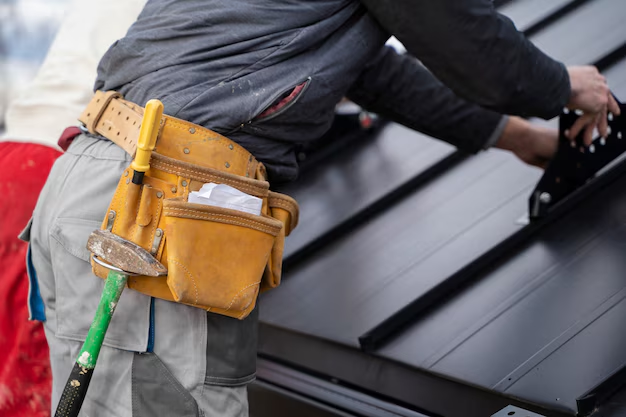What You Need to Know About Replacement Roof Costs
Have you ever looked up at your roof and wondered how much it might cost to replace it? You're not alone. The cost of a new roof can be a major concern for homeowners, but understanding the factors involved can help demystify the process and prepare you for what lies ahead.
Understanding the Cost Factors
A replacement roof is not a one-price-fits-all situation. The total cost can vary significantly based on a few key aspects:
- Roof Size: Naturally, larger roofs will cost more to replace.
- Roofing Materials: Materials like asphalt shingles are typically less expensive, while metal, slate, or tiles could cost more.
- Roof Pitch and Accessibility: Steeper and more complex roofs require more labor, increasing costs.
- Local Building Codes and Permits: Depending on where you live, certain building codes could affect the price.
- Labor Costs: These can vary by region, potentially impacting the bottom line.
On average, replacing a roof can cost between $5,000 and $15,000 for a standard-sized home. However, high-end materials or more complicated installations can push costs higher.
Why It's Worth the Investment
Though the price might seem daunting, remember that a new roof is a long-term investment. It enhances your home's curb appeal, boosts energy efficiency, and increases resale value, making that upfront cost worthwhile in the years to come.
Exploring Financial Assistance Options
If the potential costs of a roof replacement seem overwhelming, there are several routes you can explore to help manage this large expense:
Home Improvement Loans
Personal loans or home equity loans can offer reasonable rates and terms to cover home renovations. Be sure to shop around for the best rate that fits your financial situation.
Insurance Coverage
In some cases, your homeowners' insurance may cover roof replacement, especially if damage results from a natural disaster. Review your policy details and speak with your insurance agent to explore this option.
Government Aid Programs
Numerous state and federal programs offer assistance to homeowners. The Weatherization Assistance Program (WAP) is one such initiative that provides grants to improve energy efficiency, potentially covering a roof replacement.
Financing Plans with Contractors
Many roofing companies offer financing plans to allow you to pay for your new roof over time. Be sure to read the terms carefully and understand any potential interest rates.
Credit Card Solutions
While typically more expensive than other options, a low-interest credit card could be a viable solution for managing costs. Look for cards with 0% introductory APR offers and ensure you have a repayment plan.
Taking Steps Beyond Roofing
Beyond the immediate need, there are ways to mitigate such large-scale expenses in the future. Consider implementing preventative maintenance to extend the life of your current roof or upcoming replacements. Regular inspections, cleaning gutters, and addressing minor repairs can prevent bigger issues later.
Considering higher education opportunities could also be beneficial in achieving broader financial stability. Educational grants and scholarships might open doors to career advancements that better accommodate these types of expenses, creating a sustainable financial future.
Ultimately, being informed, planned, and proactive is key to navigating the cost of a roof replacement while ensuring financial security.
Financial Assistance & Support Options:
- 💰 Home Improvement Loans: Check options for personal and home equity loans.
- 🛡️ Insurance Coverage: Contact your agent regarding potential damage claims.
- 🏛️ Government Aid: Explore programs like the Weatherization Assistance Program.
- 📊 Contractor Financing: Look into payment plans from your roofing company.
- 💳 Credit Card Solutions: Consider low-interest credit options for emergency funds.
- 🎓 Educational Grants: Investigate scholarships for career growth opportunities.
